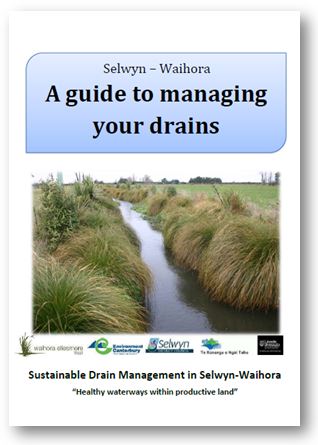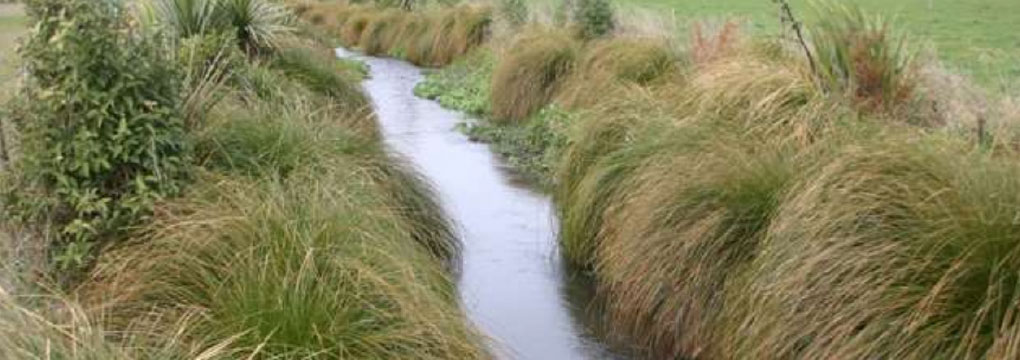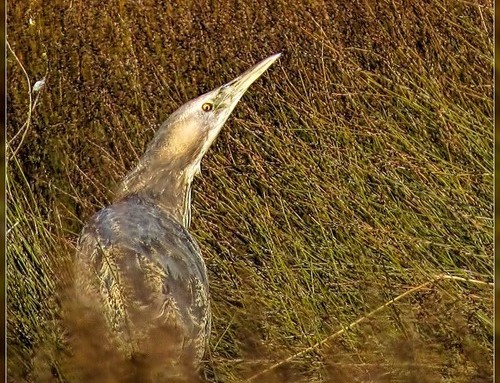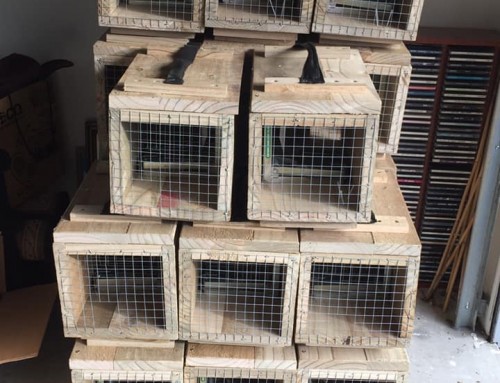 We’re planning to update our booklet “A guide to managing your drains“. We’re keen to get any feedback or comments so we can improve the next version of the booklet. What have you found most useful, have we missed anything? Please let us know if you have any suggestions.
We’re planning to update our booklet “A guide to managing your drains“. We’re keen to get any feedback or comments so we can improve the next version of the booklet. What have you found most useful, have we missed anything? Please let us know if you have any suggestions.
The guide is being updated to reflect recent changes to the regional plan and new resources now available to help with drain management and riparian restoration.
If you have identified ecological values and mahinga kai sites* on your property, good drain management practices will help you meet the management objectives in your Farm Environment Plan.
There is some drain management advice included Environment Canterbury’s Code of Practice for Defences Against Water, which applies primarily to work being carried out by local authorities, but which also represents good practice for the management of smaller private drains:
- Plan work to avoid any adverse effects on the habitat, spawning times or migration of native fish.
- Check worksites before starting work for any native nesting birds. If present, plan work to avoid disturbing them.
- Plan work to avoid disturbance to key mahinga kai species including koura (freshwater crayfish) and kākahi (freshwater mussels), wherever practicable.
- Plan work to avoid disturbance of native fauna and key habitat for species such as lizards as far as practicable.
- If there is potential for fish to be stranded, have someone to recover fish and return them to an undisturbed area upstream during the work and for at least one day after work has been completed.
- Consider using native vegetation to restore areas of vegetation disturbance, to stabilise the banks and control erosion.
*Mahinga kai relates to the traditional value of food resources and their ecosystems. It refers to customary gathering of food and natural material, and the places where those resources were gathered.





